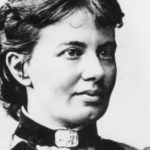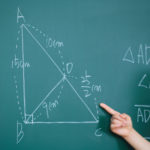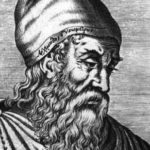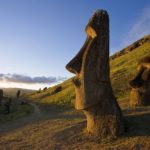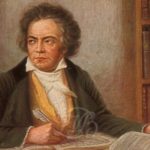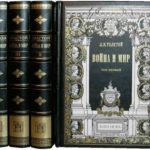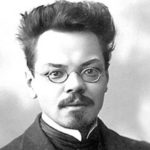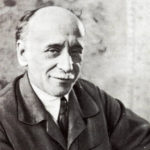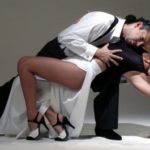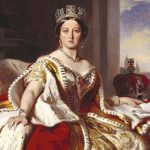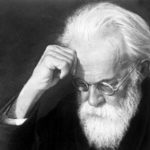22 interesting facts about math
 It is mathematics that is called the queen of all sciences! Some are willing to argue with this statement, but still, the numbers can really explain if not everything in the world, then a lot. And many other sciences appeared as a result of the emergence of branches from mathematics, which began to develop after they went their own way.
It is mathematics that is called the queen of all sciences! Some are willing to argue with this statement, but still, the numbers can really explain if not everything in the world, then a lot. And many other sciences appeared as a result of the emergence of branches from mathematics, which began to develop after they went their own way.
2 and 5 are the only primes in mathematics that end in 2 and 5, respectively.
Among all figures with the same perimeter, the circle will have the largest area. And vice versa, among all the figures with the same area, the circle will have the smallest perimeter.
Mathematicians have calculated that there are as many as 177147 ways to tie a tie. It remains only to guess whether they checked it empirically or through calculations.
In a group of 23 people or more, the probability that two will have the same birthday is more than 50%, and in a group of 60 people this probability is about 99%.
Zero is the only number in mathematics that cannot be written in Roman numerals.
The equal sign (=) was first applied by the British mathematician Robert Record in 1557.
The number 18 is the only one other than zero, the sum of the digits of which is two times less than himself.
The sum of numbers from 1 to 100 is 5050.
Charles Lutwich Dodgson is a little-known British mathematician who has devoted a fair amount of his life to the study of logic. However, he became famous under a different name – Lewis Carroll, author of “Alice in Wonderland”.
The American George Danzig, being a student, was late for classes and mistakenly accepted the equations written on the board as homework. With difficulty, but the future scientist coped with them. As it turned out later, these were two “unsolvable” problems in statistics, over which scientists struggled for many years.
Modern genius and mathematics professor Stephen Hawking claims that he studied mathematics only at school. While teaching mathematics at Oxford, Stephen simply read a textbook ahead of his students by a couple of weeks.
Sofya Kovalevskaya, a famous scientist, for the sake of science, had to arrange a fictitious marriage. In Russia of that era, women were forbidden to do science, and her father was against her daughter traveling abroad. The only way was marriage. Which, however, later became not fictitious, but quite real.
We consider negative numbers to be something natural, but this was not always the case. They were first legalized in China in the III century, but were used only for exceptional cases, as they were considered meaningless. A little later, negative numbers began to be used in India to denote debts.
The oldest mathematical work was found in Swaziland – a baboon bone with broken dashes, known as a bone from Lembobo. These features were probably the result of some kind of calculation. The bone age is estimated at 37 thousand years.
All information on mathematics is contained in a huge number of books. Today there are more than 100 thousand, mainly textbooks and serious scientific works.
Translated from Arabic, “digit”, the word means “zero”, but historically it has developed so that we call all numbers in general.
The sum of all the numbers on the roulette wheel in the casino is 666. And in the European Parliament there is a chair number 666, but it is always empty. According to the old tradition, nobody occupies it.
In Taiwan, it is officially allowed not to use the number 4. This is because it is consonant with the Chinese word “death”, and it is considered unlucky in Chinese culture, like the number 13 among Europeans. In many Taiwanese houses, the fifth floor immediately goes after the third floor.
Zero is the only number that has several names.
The largest number in the world is centillion. This is a unit with six hundred zeros.
We know about Lermontov as a brilliant poet and prose writer, but besides literature, he was also interested in mathematics. And in his spare time from creativity, Mikhail Yurievich loved to solve problems from higher mathematics and analytical geometry.
Another mathematician, Mikhail Ostrogradsky, came up with another guess while walking along the street. The scientist found a black vertical surface and began hastily covering it with notes. What was his amazement when the “board” suddenly began to move away! It turned out that it was the side of a departing carriage.

